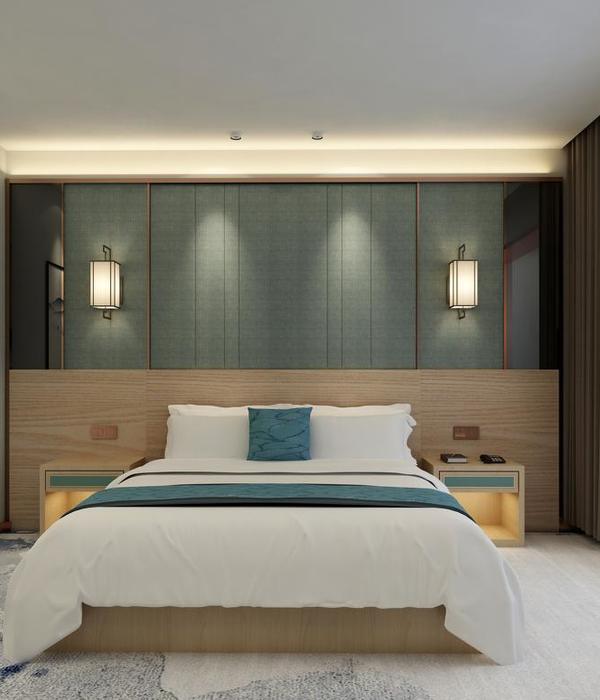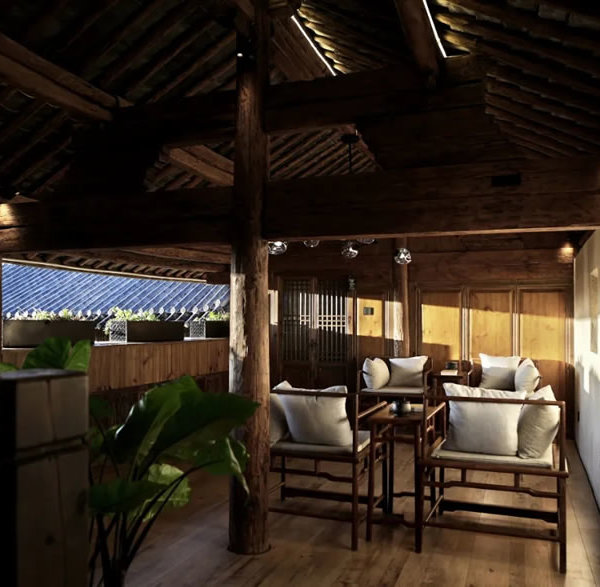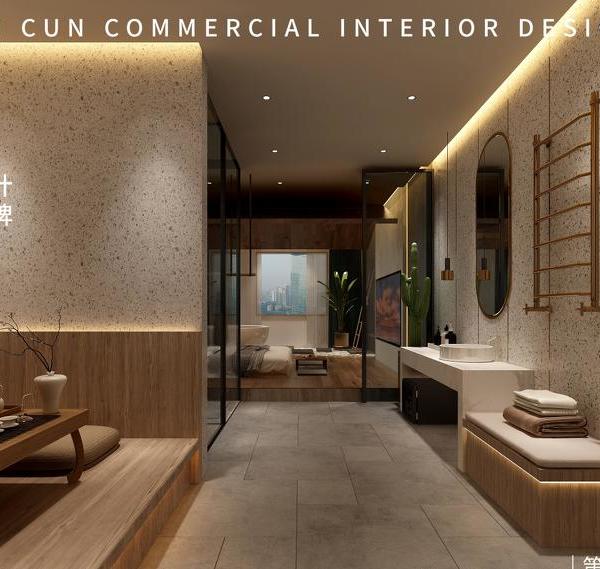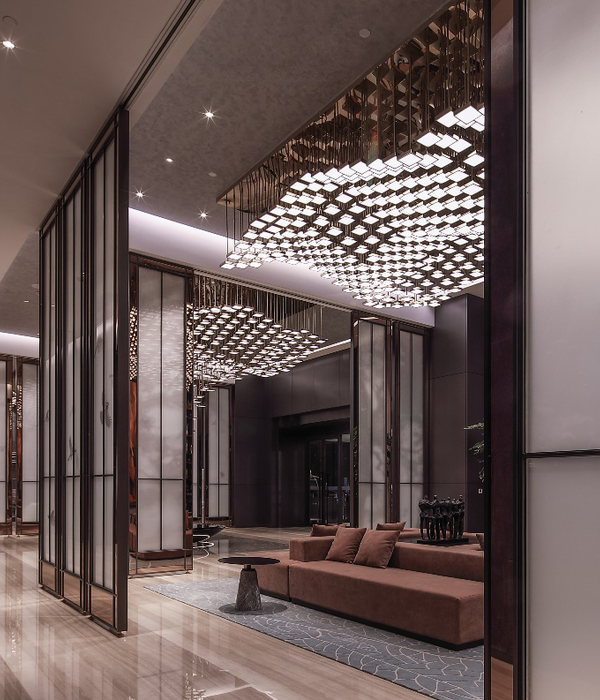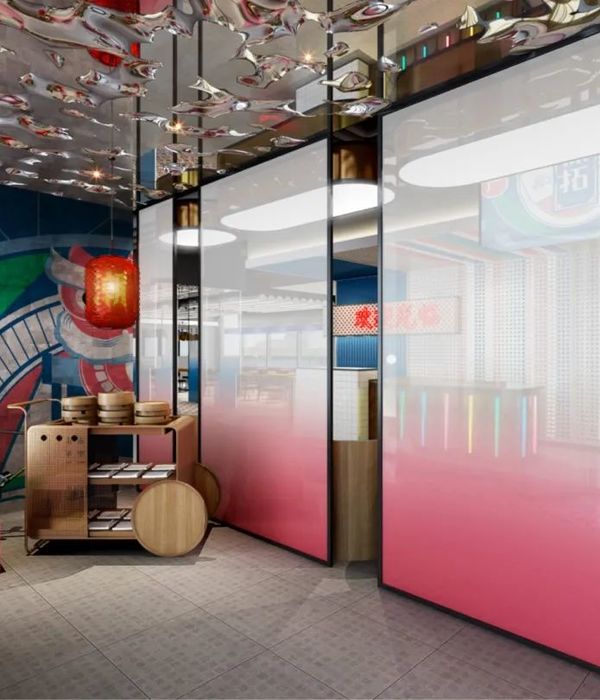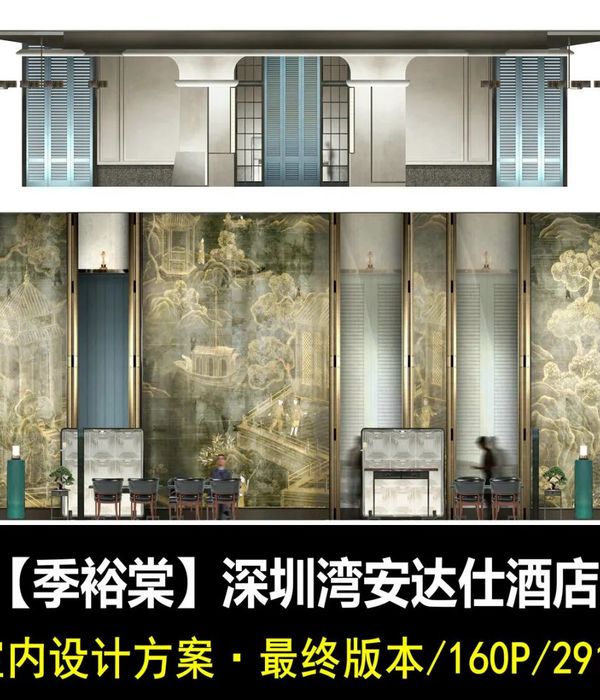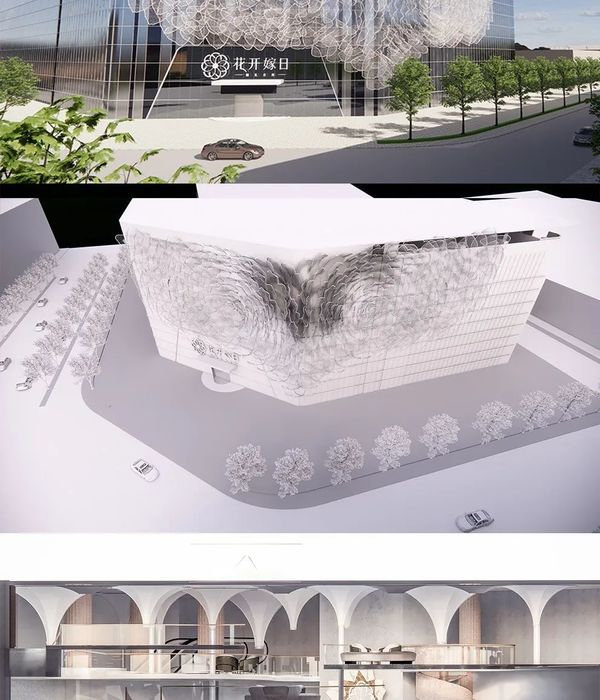Architects:Sheppard Robson
Area:6830m²
Year:2023
Photographs:Jack Hobhouse,Chris Dalton
Manufacturers:Kingspan Insulated Panels,TECU®,AutoCAD,Mitisubishi Lifts,Siniat,TVS
Lead Architects:Matthew Allen
Structures:Waterman Group
Partner:Dan Burr
External Lead/Associate:Chris Dalton
Internal Lead:Jens Moser
Services Coordination:Cristina Montoya
Contractor:Gilbert-Ash
Planning:Avison Young
MEP:Sweco
Façade Contractor:Alufix
Acoustics:Scotch Partners
Fire Consultant:CS Todd
Building Control:BRCS
City:Clerkenwell
Country:United Kingdom
Text description provided by the architects. 68-86 Farringdon Road’s complex and constrained site – previously a multi-story car park – informed a bold design language for a new hotel and office building that celebrates the area’s eclecticism. Situated between Bowling Green Lane and Vineyard Walk along Farringdon Road, the mixed-use development is formed of a new 180-key hotel for Whitbread’s hub by Premier Inn brand that neighbors a speculative office building for CLI Dartriver. Animating the streetscape of this bustling London thoroughfare are retail spaces, the hotel's café, and the office’s reception at ground floor level.
The two distinct buildings, with a carefully choreographed series of connections and differences, come together to redefine the linear urban block into distinct legible forms that scale to the neighborhood. The composition negotiates the sloping topography and responds to the different urban characters at either end of the development: to the north, the scale of the hotel respects the residential buildings surrounding it, while the design grows in height to address the larger-scale office buildings to the south. The design’s massing – a series of interconnecting bays - references the proportions and scale of the Victorian residential blocks that once occupied the site.
The project’s urban story is also shaped by the train lines that run underneath the site. This constraint meant that the most practical and sustainable approach was to retain the foundations and build a lightweight structure above that mitigated the noise and vibrations for the hotel rooms above, and an acoustically isolated concrete and steel structure for the office.
Out of the retained groundwork grew a lightweight steel-based superstructure, and loadings were minimized by using metal shingles to define the external appearance of the building. For the hotel, a bronze was selected that would naturally soften over time and relate to the neighboring red brick buildings. Denoting its own personality, the office building is articulated in a cooler zinc that acts as a counterpoint to the warmth of the bronze.
The folded façades create depth and interest in the elevations, playing with the changeable quality of the material to create a surface that changes character according to the light. The rhythm of the facades has been carefully modulated to give each building its individual identity and to enliven the oblique views of the project. The finely detailed, more delicate ‘scales’ of the hotel are animated by the tighter concertinaed rhythm of the façade whilst the more robust, large ‘gills’ of the office optimize views out and provide passive cooling through shading along the west and south-facing frontages.
Project gallery
Project location
Address:Clerkenwell, United Kingdom
{{item.text_origin}}


